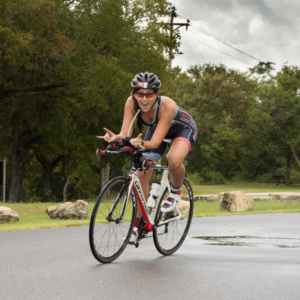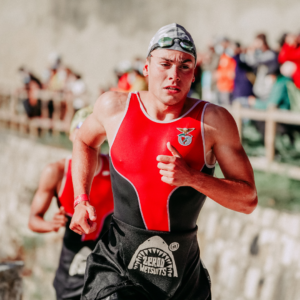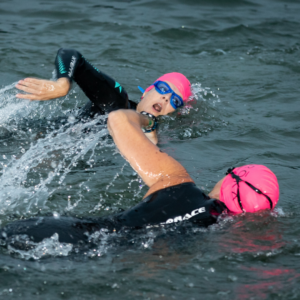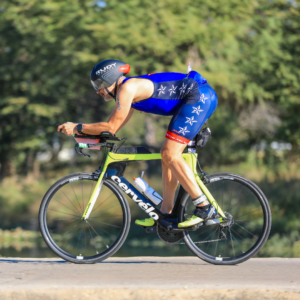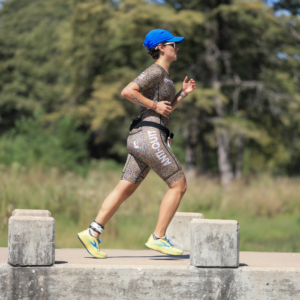Mastering the Art of Pacing: Unleash Your Triathlon Performance Potential!
Welcome, fellow triathletes, to an exhilarating journey into the world of pacing strategies in triathlons! Whether you’re a seasoned pro or just dipping your toes into the multisport universe, understanding the art of pacing is crucial to optimizing your race performance. In this blog post, we’ll dive deep into the secrets of pacing and equip you with valuable strategies to conquer any triathlon course. So, tighten those laces, fasten your helmets, and let’s embark on this exciting adventure together!
The Importance of Pacing in a Triathlon
Setting the Stage for Success
Pacing sets the foundation for a triumphant triathlon experience. It involves distributing your energy wisely throughout each leg of the race, ensuring you maintain a steady rhythm while avoiding early burnout. By mastering the art of pacing, you’ll not only enhance your endurance but also maximize your overall efficiency and race results.
Avoiding the Temptation of the Sprint Start
Picture this: the starting gun fires, adrenaline surges through your veins, and the temptation to sprint ahead engulfs you. While it may seem tempting to unleash your inner Usain Bolt at the beginning, resist the urge! Starting too fast can lead to premature fatigue, negatively impacting your performance in the subsequent stages. Instead, focus on finding your optimal pace and gradually building momentum as the race unfolds.
Conquering the Swim Leg
The swim leg often serves as the opening act of a triathlon. To excel in this segment, consider adopting the following strategies:
- Find Your Rhythm: Establish a comfortable stroke rate and breathing pattern that allows you to maintain a consistent pace without exhausting yourself.
- Drafting: Take advantage of swimmers ahead of you by positioning yourself strategically to reduce water resistance and conserve energy.
- Exiting the Water with Gusto: As you approach the transition area, gradually increase your pace to prepare for the next leg while avoiding sudden exhaustion.
Tackling the Bike Leg
The bike leg is where pacing prowess truly shines. Follow these tips to optimize your performance:
- Start Steady: Begin the bike leg at a sustainable pace, allowing your muscles to warm up gradually.
- Embrace the Power of Cadence: Maintain an optimal cadence (pedal revolutions per minute) to ensure efficient power output without overexertion.
- Fueling and Hydration: Regularly replenish your body with nutrition and hydration to sustain energy levels throughout the ride.
Conquering the Run Leg
The run leg demands mental fortitude and strategic pacing. Consider these guidelines to finish strong:
- Consistency is Key: Start the run leg at a controlled pace, gradually building speed as your body adjusts to the transition from cycling to running.
- Break it Down: Divide the run into smaller sections mentally, focusing on one segment at a time rather than overwhelming yourself with the entire distance.
- Listen to Your Body: Pay attention to any signs of fatigue or discomfort, adjusting your pace accordingly to avoid burnout.
Conclusion
Congratulations, triathletes! You’ve now unlocked the secrets of mastering the art of pacing. By implementing these strategies, you’ll be well-equipped to optimize your race performance and achieve your goals. Remember, pacing is not just about physical endurance but also mental resilience. So, go forth, embrace the challenge, and let your pacing expertise propel you towards triumphant finishes in every triathlon you conquer!
Q&A
Q: How can I determine my optimal pacing strategy?
- A: Experiment during training sessions to find the pace that allows you to maintain a steady effort without exhausting yourself too early. Listen to your body and adjust accordingly.
Q: What role does mental preparation play in pacing?
- A: Mental preparation is crucial for pacing success. Visualize your race, practice positive self-talk, and develop mental strategies to stay focused and motivated throughout each leg.
Q: Are there any pacing tools or gadgets I can use?
- A: Yes! Tools like heart rate monitors, GPS watches, and power meters can provide valuable insights into your effort levels and help you maintain an optimal pace.

